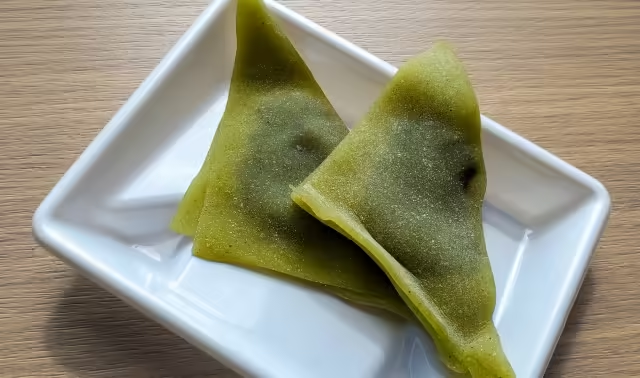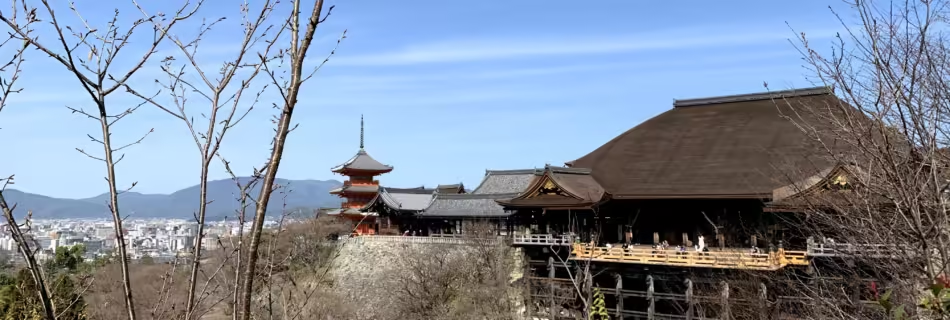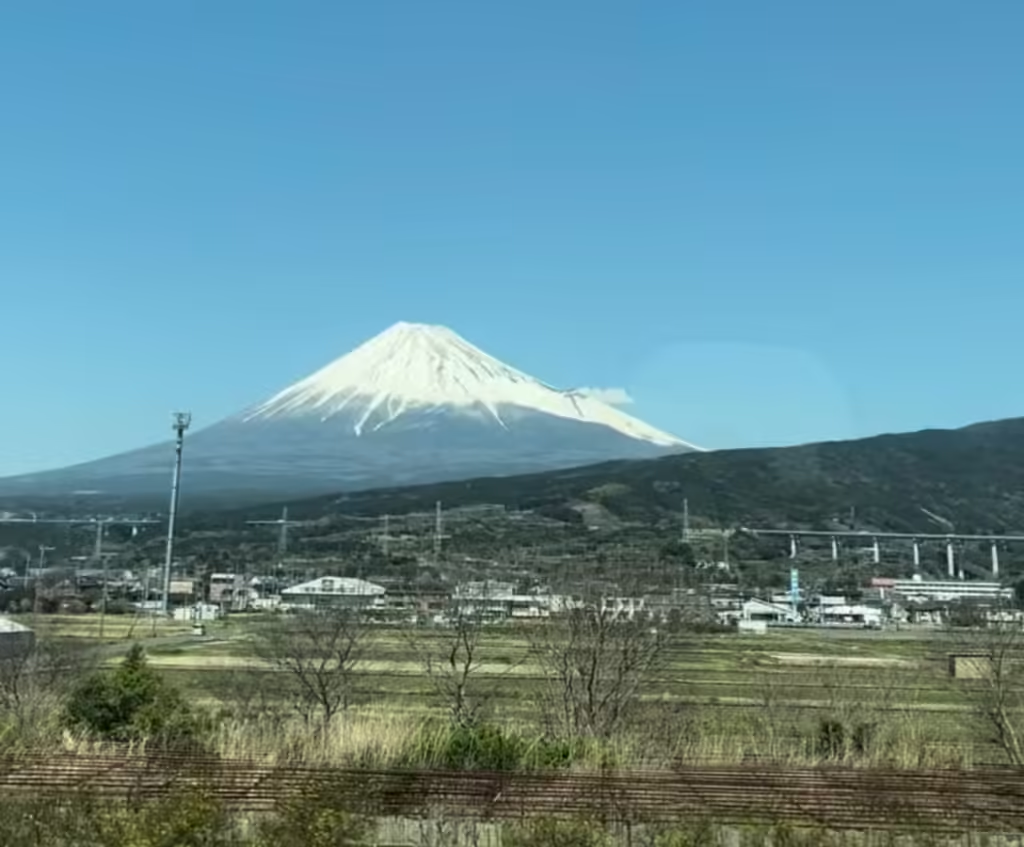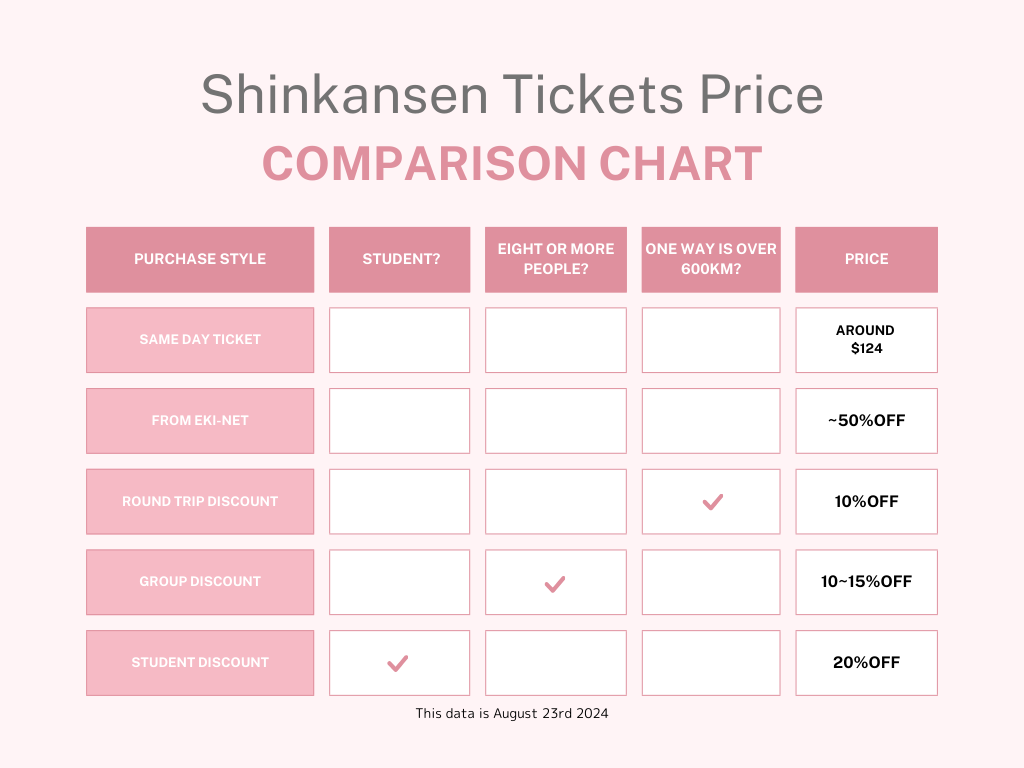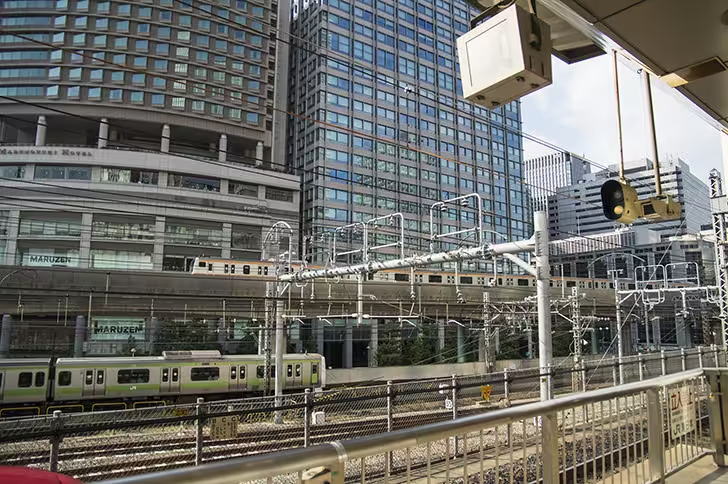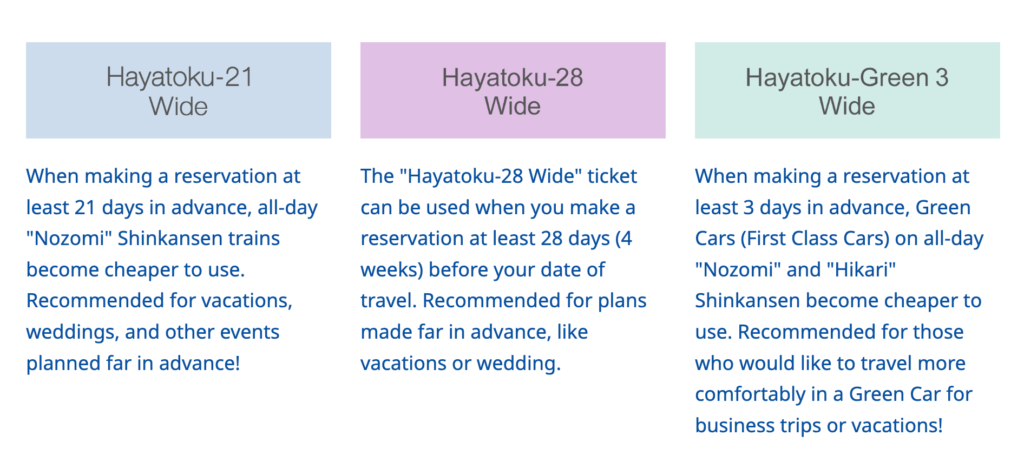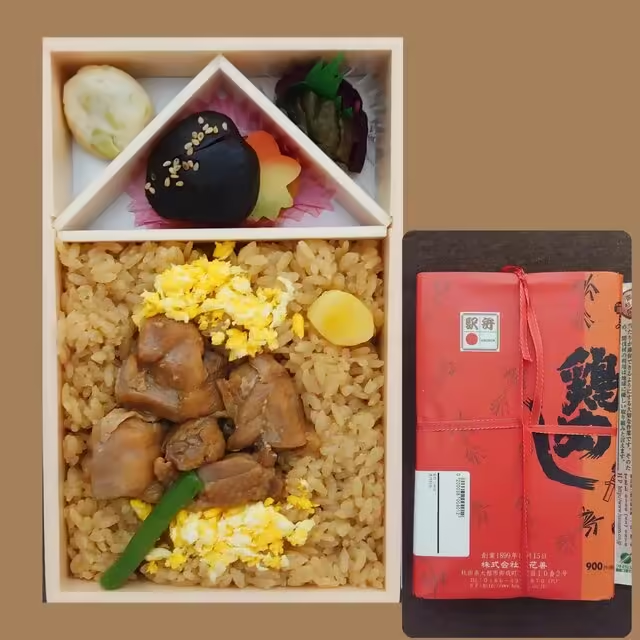As you know, Kyoto is the city which is full of history, beautiful temples, and delicious food. Whether it’s your first time in Japan or you’re a seasoned traveler, Kyoto offers something special for everyone.
In this guide, I’ll show you the best things to do and eat, and how to enjoy the culture. If you would like to know about the manner that you need to be careful in Japan, Please click this link!
Top Attraction
In Kyoto, you can walk through ancient streets, visit temples that are hundreds of years old, and enjoy delicious local food.
You’ll see beautiful things like cherry blossoms in spring, red maple leaves in autumn, and peaceful Zen gardens all year round.
Kiyomizu-dera Temple
Kiyomizu-dera is one of Kyoto’s most famous temples. It’s located on a hill, giving you a great view of the city.
The temple’s wooden stage is perfect for photos, and in the spring and fall, the cherry blossoms and red leaves make it extra beautiful!
If you would like to enter this temple, you need to pay the fee around 1200 yen.
Here is the official website.
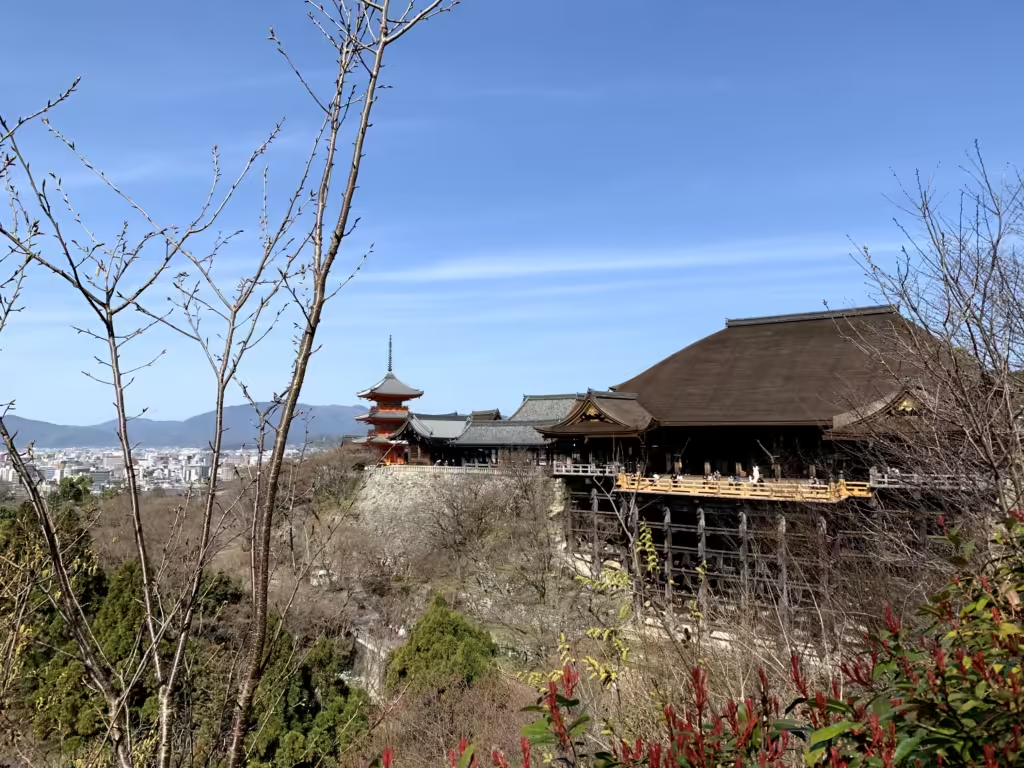
Ginkaku-ji
Ginkaku-ji is another beautiful temple, known as the Silver Pavilion.
The temple has a stunning Zen garden with perfectly raked sand and moss. It’s a peaceful place to enjoy nature and calm your mind.
Personally, this place is my favorite place because you can feel Japanese traditional temple and garden at the same time and cozy place.
Here is the official website
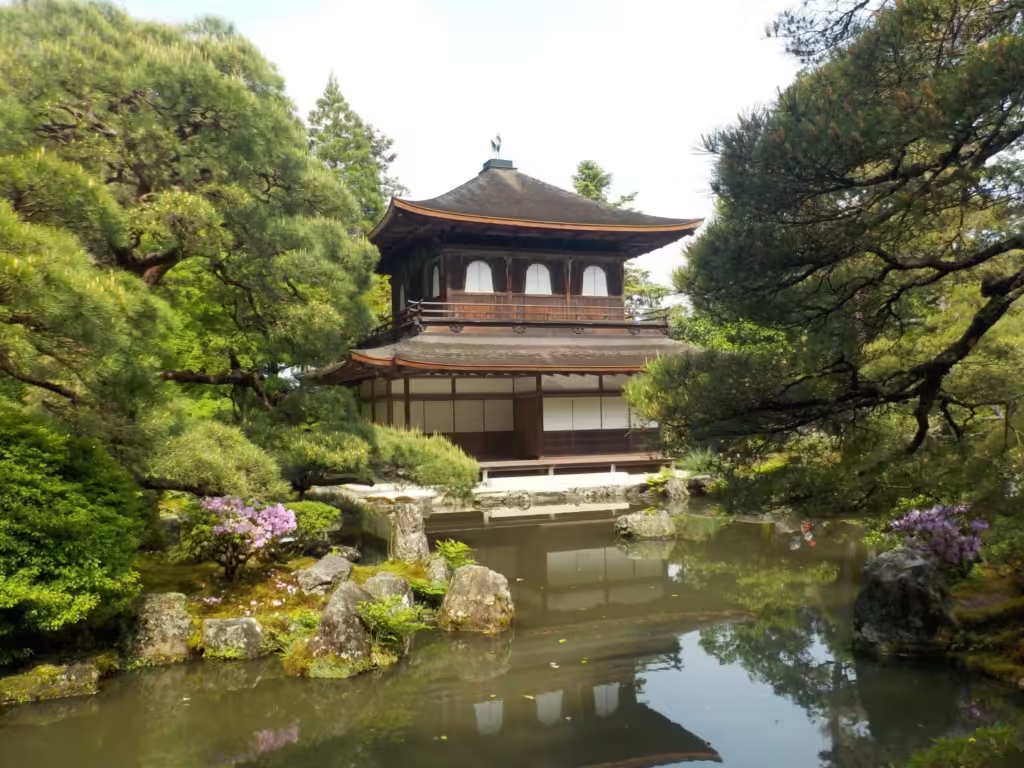
Arashiyama
Arashiyama is a beautiful area on the outskirts of Kyoto, perfect for nature lovers. It’s famous for its bamboo forest, where tall bamboo shoots create a magical, green tunnel.
Walking through the bamboo grove feels calm and peaceful, and it’s a great place to take photos.
In Arashiyama, you can also visit Togetsukyo Bridge, which crosses a gentle river with mountains in the background. This spot is especially beautiful in the fall when the leaves turn red and orange, and in spring when the cherry blossoms bloom.
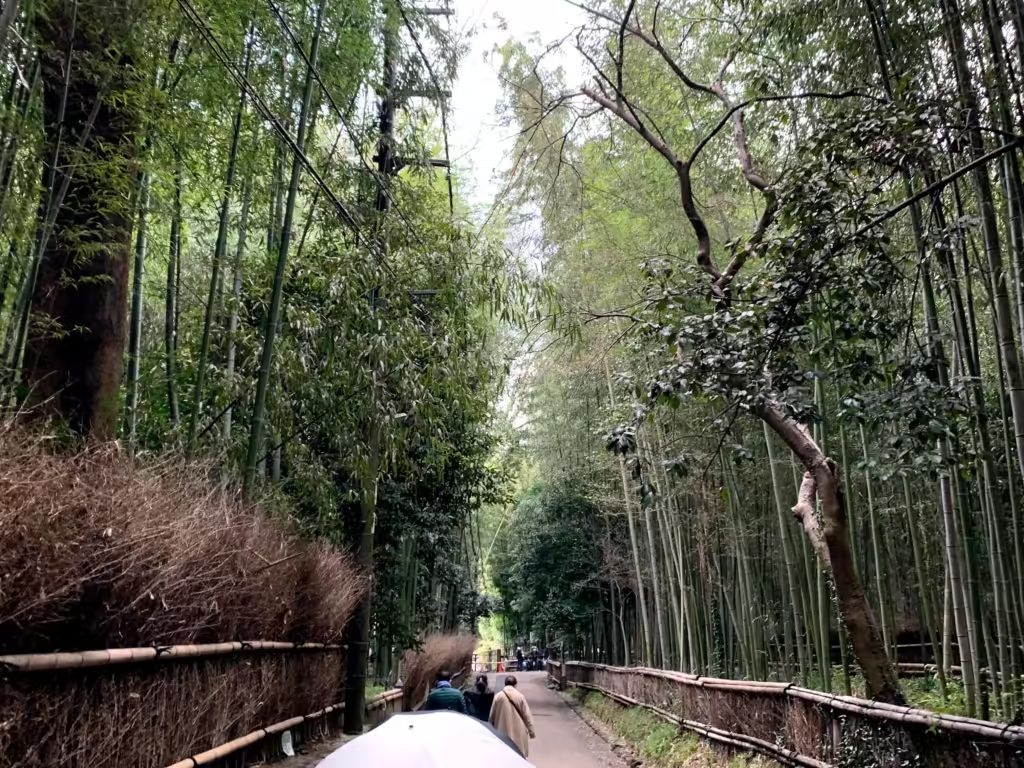
Kinkakuji
Kinkaku-ji, also known as the Golden Pavilion, is one of Kyoto’s most famous and beautiful temples. The top two floors of the temple are covered in real gold leaf, which makes it shine brightly in the sunlight. It’s surrounded by a peaceful pond, and the reflection of the temple in the water creates a stunning view.
Walking around the temple grounds, you’ll find beautiful gardens and small streams. Every season offers something special: cherry blossoms in spring, lush greenery in summer, red and gold leaves in autumn, and snow-covered beauty in winter.
Here is the official webiste
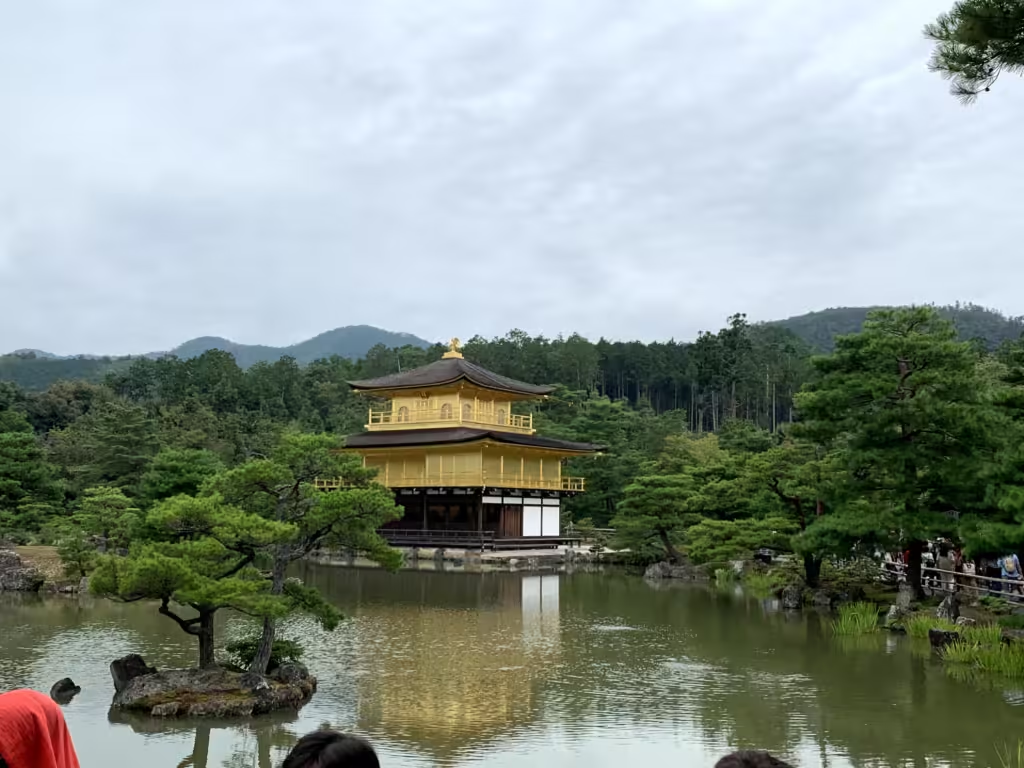
Fushimi Inari
Fushimi Inari Shrine is one of Kyoto’s most famous and unique spots. It’s known for its thousands of red torii gates, which create long tunnels up the mountain. Walking through these gates is like stepping into a different world. The bright red color and peaceful surroundings make it a special experience.
The shrine is dedicated to Inari, the god of rice and business. Along the way, you’ll see many small fox statues, which are believed to be the messengers of the god.
Here is the official website
Yasaka Shrine
Yasaka Shrine is one of Kyoto’s most important and lively shrines. Located near the famous Gion District, it’s a place where you can experience traditional Japanese culture. The shrine is especially famous for the Gion Matsuri, one of Japan’s biggest festivals, which takes place every July.
The shrine has a bright red main gate that welcomes visitors. Inside, you can see beautiful lanterns that light up the shrine at night, creating a magical atmosphere. People come to Yasaka Shrine to pray for good luck, health, and protection.
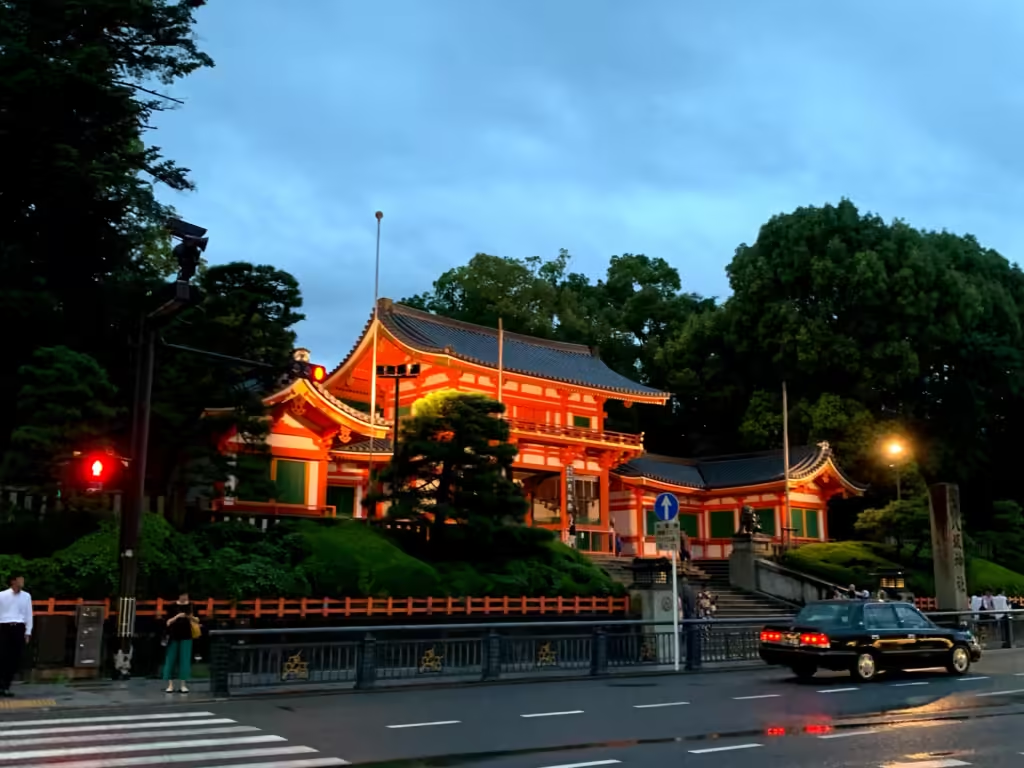
Food
Kyoto is famous not only for its history and culture but also for its traditional food. Here are some must-try dishes in Kyoto, explained in easy English.
Gyukatsu
Gyukatsu is a delicious dish made from breaded and fried beef. It’s similar to the popular Japanese dish “tonkatsu” (pork cutlet), but instead of pork, it uses high-quality beef. The beef is cooked quickly, so it stays juicy and tender inside, while the outside is crispy.
Gyukatsu is usually served with dipping sauces, wasabi, and sometimes a hot stone plate where you can grill the meat to your liking. It’s a must-try for meat lovers visiting Japan, offering a unique twist on traditional fried dishes with a melt-in-your-mouth experience!
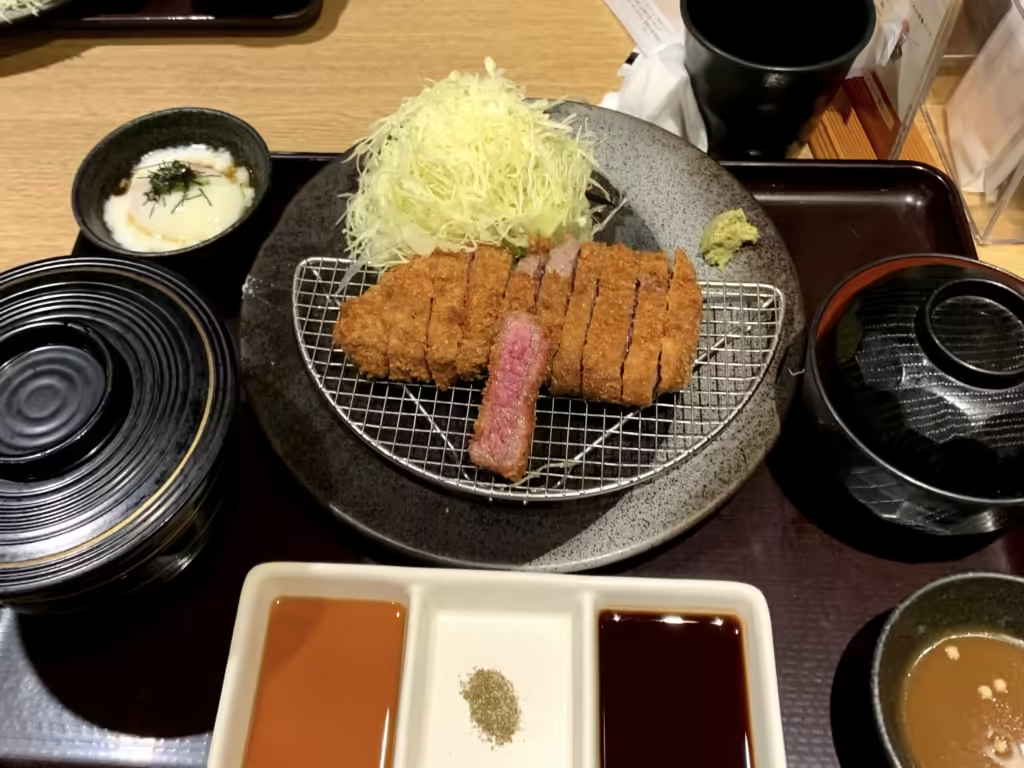
Kaiseki Ryori (Traditional Japanese Course Meal)
Kaiseki is a special and traditional multi-course meal in Kyoto. It uses seasonal ingredients, and each small dish is beautifully arranged. It’s a great way to experience Japan’s flavors and hospitality. Perfect for special occasions or celebrations.
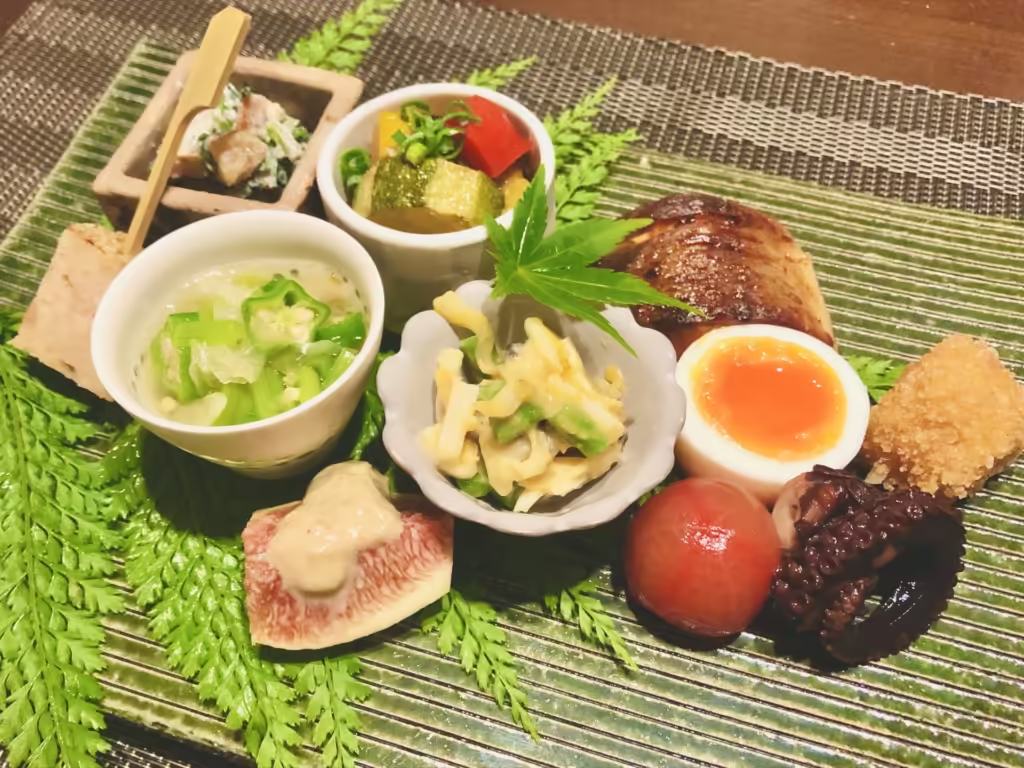
Matcha Sweets (Green Tea Desserts)
Kyoto is known for matcha (green tea), and matcha sweets are very popular. You can find matcha parfaits, matcha ice cream, matcha cakes, and more. The rich matcha flavor is balanced with sweetness, making it a perfect treat.
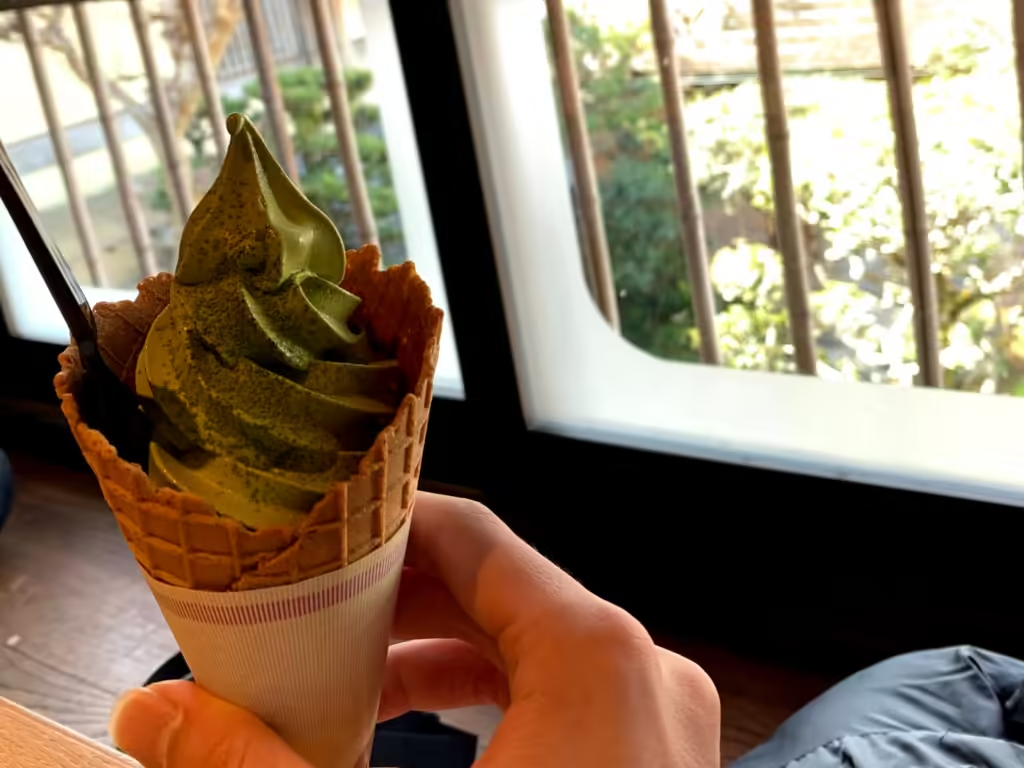
Yatsuhashi
Yatsuhashi is a famous sweet from Kyoto, made from rice flour, sugar, and cinnamon. There are two types: baked yatsuhashi and raw yatsuhashi (called “nama yatsuhashi”).
- Baked Yatsuhashi is crispy and has a cinnamon flavor. It’s often shaped like a thin, curved cookie and makes a great souvenir.
- Raw Yatsuhashi is soft and chewy, and it’s usually wrapped around sweet fillings like red bean paste, matcha, or fruit flavors. The texture is similar to mochi, making it a popular snack among tourists and locals
